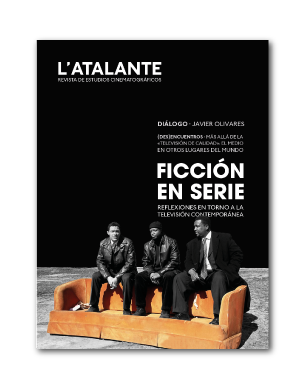Identification, memory, elaboration. The importance of time in the context of the TV-series fruition
Published 2017-07-27
Keywords
- Fruition time,
- Elaboration time,
- Source misattribution,
- Mental imagery,
- Memory
- Post event information. ...More
How to Cite
Abstract
Starting with the assumption that mechanical pictures have
had the biggest impact on pictorial narration Homo sapiens
has ever engaged with, in this paper we will try to collect
some evidence in order to summarize what we nowadays
know about the effects of a long-lasting mechanical picture
exposure. The main hypothesis is that TV series are powerful
storytelling products that alter the cognitive mechanism –
known in literature as “source monitoring” – that allows the
distinction between reality and fiction.
As perceivers, we engage in a perceptual relationship
with pictures surrounding us. They employ a visual retroactive
effect on our cognition, namely memory alteration
effects that may be elicited by both ethic and aesthetic judgments
of perceivers: what would I have done in her shoes
(ethical judgement)? What would I have felt in her shoes
(aesthetical judgment)? We will argue that the time needed
for TV series fruition is the most important variable for this
psychological phenomenon. More precisely, we distinguish
between fruition time and elaboration time. By proposing a
comparison between different visual media products, we will
show both experimental data and philosophical arguments
emphasizing the role of long-lasting picture exposure and
visual feature of tales for the insurgence of source misattribution.
More importantly, we will furthermore try to address
the role of mental imagery in this scenario, showing how the
phenomenological correspondence between mental imagery
and picture perception, along with the normal process of
mnemonic retrieval, are crucial for the occurrence of source
misattribution.

